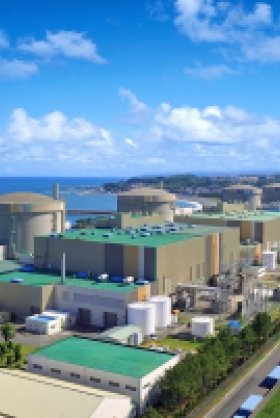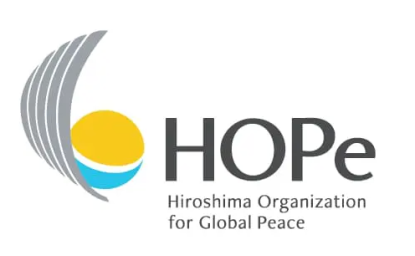Bringing Seoul into the Non-Proliferation Regime




Bringing Seoul into the Non-Proliferation Regime
The Effect of ROK-Canada Reactor Deals on Korea's Ratification of the NPT
In this Nuclear Proliferation International History Project (NPIHP) Working Paper, Se Young Jang challenges the common narrative that US pressure forced South Korea to ratify the NPT in 1975. Using new evidence from international archives, Jang finds that the decisive pressure came from a different country—Canada.
Click here to download the full paper.
Key Findings
Pressure by the United States was less decisive in forcing South Korea to ratify the NPT in 1975 than commonly assumed. Records show that a consensus to ratify the treaty was reached within the ROK government by early March 1975—before the US applied meaningful pressure.
- Although the US Embassy in Seoul forwarded its suspicions of the ROK’s nuclear ambitions during 1974, the inter-agency intelligence assessment concluding that the ROK had launched a nuclear weapons program was completed only in late February 1975. While the White House was still determining its response to the report, the ROK government had already decided to ratify the NPT up to the level of the Prime Minister.
- In January 1975, the State Department confirmed that no specific actions had been taken to make the NPT ratification a condition for any US dealings with South Korea.
There is little evidence that the 1975 Congressional resolution calling on the EX-IM bank to defer financing for reactor construction in Korea had an impact on ROK decision-making. The short time between the introduction of the resolution to the Senate Committee on Foreign Relations on March 7th and the notification of ROK President Park’s decision to ratify the NPT by the Korean Ministry of Foreign Affairs on March 8th suggests the events were not directly related.
South Korea joined the NPT to secure the sale of Canadian heavy-water reactors, whose sale had been made contingent on ratification. The ROK government chose to pursue the plutonium route to a bomb in 1972, making the acquisition of heavy-water reactors critical to the entire project.
- Evidence from Korean and Canadian archives show that the strengthened safeguards Canada placed on its nuclear reactors after the May 1974 Indian nuclear test played a decisive role in South Korea’s decision to ratify the NPT.
- South Korea’s Foreign Minister first mentioned that Korea might consider ratifying the NPT if it were a precondition for the sale of a CANDU reactor during his visit to Ottawa in November 1974.
- On January 20, 1975, Canada announced that they would reconsider the sale of reactors if South Korea refused to ratify the NPT. Three days later, ROK ministers recommended that President Park Chung Hee accept the Canadian ultimatum to secure the sale of two heavy water reactors (CANDU and NRX). Park approved the decision on March 7, 1975.
- In December 1975, Canadian Secretary of External Affairs also asserted that South Korea had ratified the NPT upon Canada’s suggestion.
The South Korean government did not regard NPT ratification as the end of its military nuclear pursuits. South Korea’s program was not formally suspended until December 1976—over one-and-a-half years after the Korean National Assembly ratified the NPT in March 1975.
- ROK officials still regarded the import of a NRX reactor to be possible at the time they chose to ratify the NPT under Canadian pressure. However, archival records show that Canadian officials saw any future sale of a NRX reactor to be unlikely.
- South Korea’s negotiations with France to acquire a nuclear reprocessing facility continued even after the ROK ratified the NPT. US and Canadian concerns over the French reprocessing deal would stall the sale of Canadian reactors until 1976.
Author


Nuclear Proliferation International History Project
The Nuclear Proliferation International History Project is a global network of individuals and institutions engaged in the study of international nuclear history through archival documents, oral history interviews, and other empirical sources. Read more


Cold War International History Project
The Cold War International History Project supports the full and prompt release of historical materials by governments on all sides of the Cold War. Read more


History and Public Policy Program
A leader in making key foreign policy records accessible and fostering informed scholarship, analysis, and discussion on international affairs, past and present. Read more

Explore More
Browse Insights & Analysis
Call for Applications: Nuclear History Summer Camp 2025

Interviews on Civil Society and Nuclear Risk Reduction
